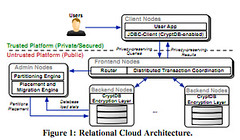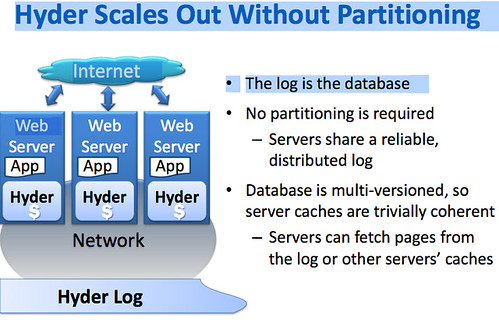Paper: An Experimental Investigation of the Akamai Adaptive Video Streaming
 Wednesday, February 16, 2011 at 9:45AM
Wednesday, February 16, 2011 at 9:45AM Video is hot on the Internet and people are really interested in knowing how to make it work. Dan Rayburn has a post pointing to a fascinating paper: An Experimental Investigation of the Akamai Adaptive Video Streaming, which talks in some detail about the protocols big players like YouTube, Skype and Akamai use to serve video over on an inherently video unfriendly medium like the Internet. For Akamai they found:
- Each video is encoded in five versions at different bit rates and stored in separate files.
- The client sends commands to the server with an average inter departure time of about 2 s, i.e. the control algorithm is executed on average each 2 seconds.
- Akamai uses only the video level to adapt the video source to the available bandwidth, whereas the frame rate of the video is kept constant.
- When a sudden drop in the available bandwidth occurs, short interruptions of the video playback can occur due to the a large actuation delay.
- For a sudden increase of the available bandwidth, the transient time to match the new bandwidth is roughly 150 seconds.
Abstract:























